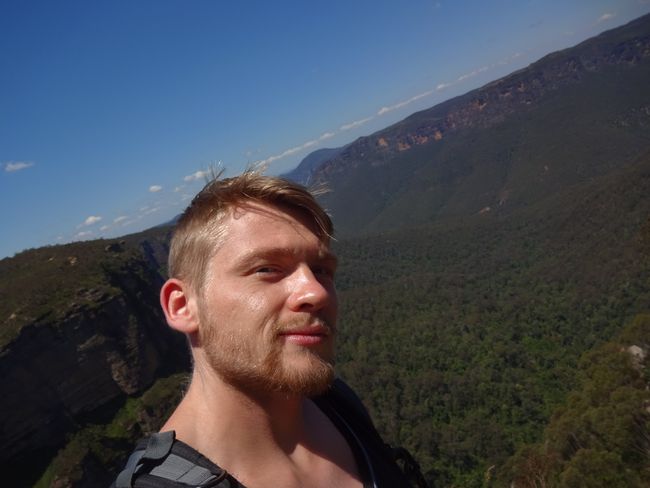Cyprus - A Divided Island
Ishicilelwe: 24.03.2020
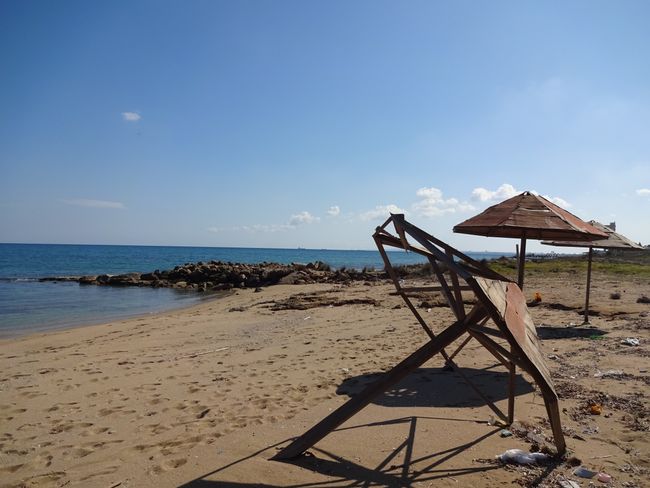
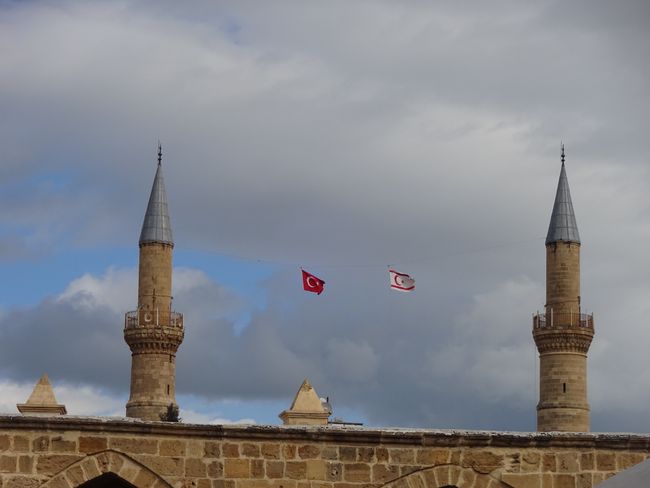
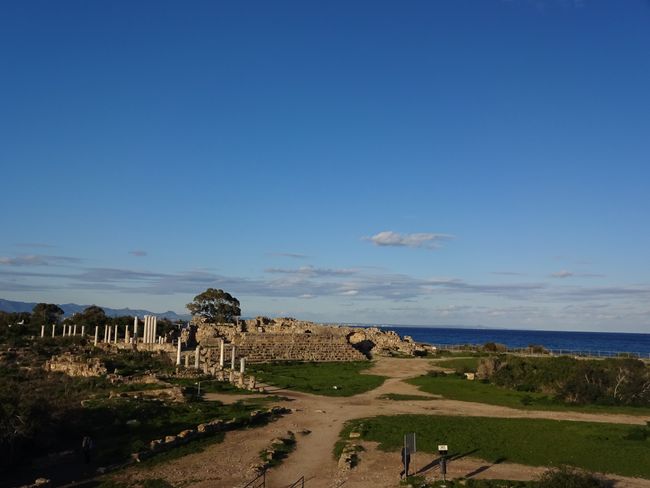
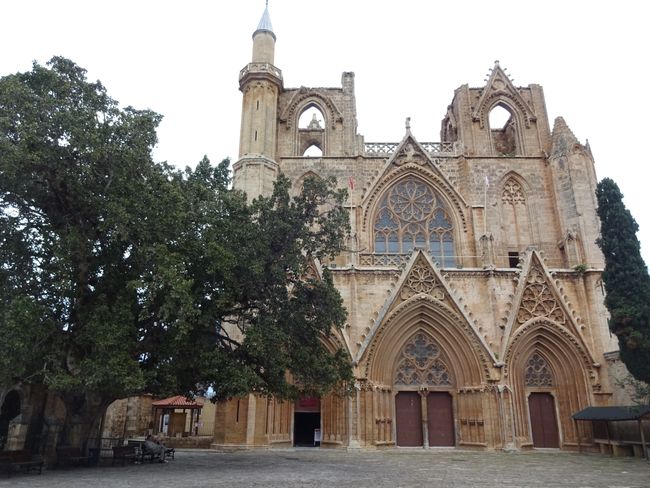
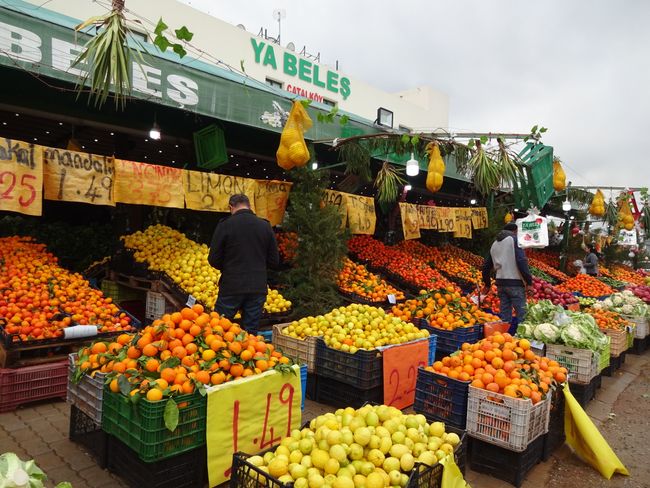
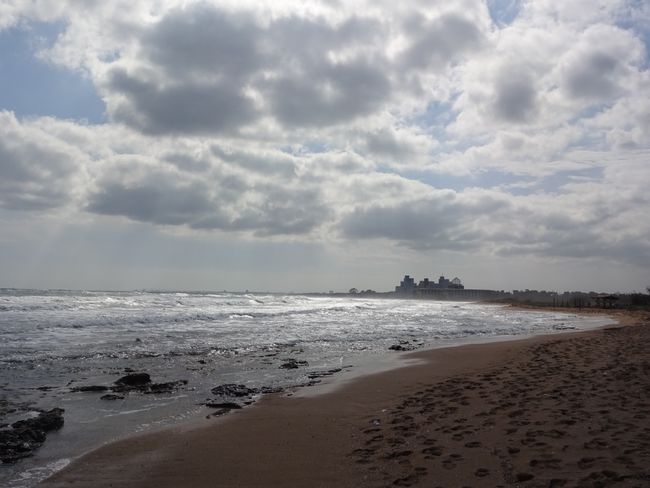
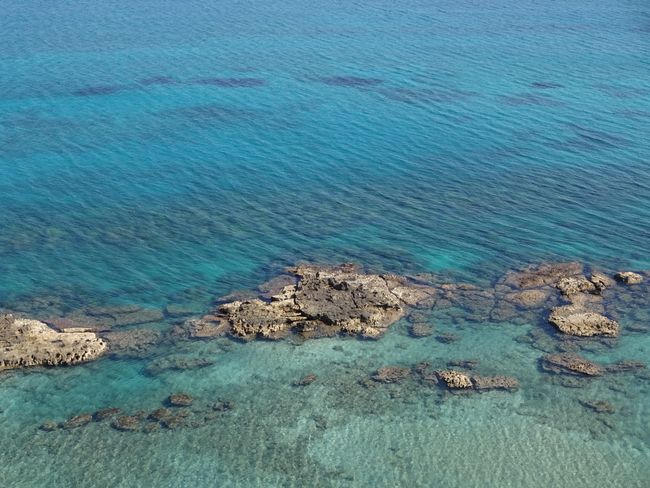
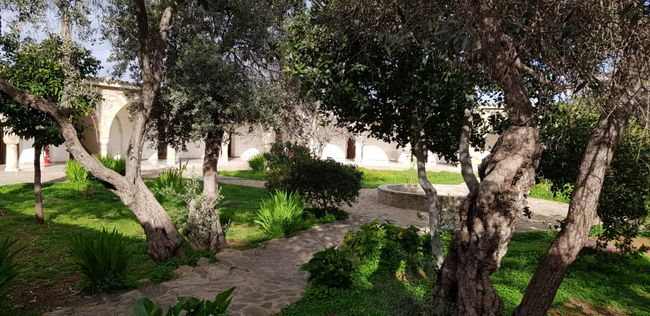
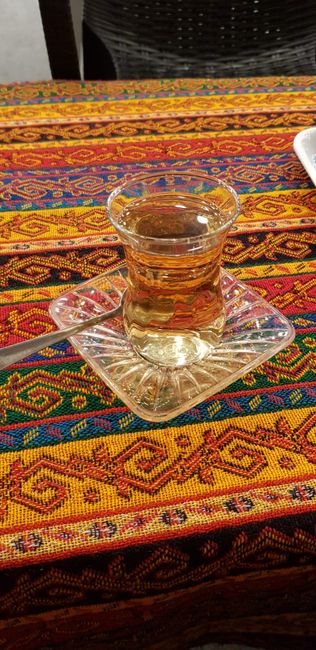
Bhalisela i-Newsletter
08.02.2020: We started our journey to Cyprus. Direct or with a layover in Antalya? We were still not completely aware of this as we were already sitting in the airplane, as the flights had the same flight numbers. In Antalya, we were then informed that the crew would change and that we should all stay seated. Said and done, and with a different pilot, we arrived in Cyprus in less than 30 minutes. Later we learned that the political situation is the reason why there can't be an official direct flight and why there always has to be a layover in Antalya. At the airport, we were greeted by the tour guide Achmed and taken to our first hotel. It was located in the long eastern bay of Famagusta and was very well-equipped.
09.02.2020: We were awakened by the sunrise with a view of the sea from our hotel room. Then, as every day, we had a delicious breakfast buffet. Particularly delicious in Cyprus: fried halloumi cheese with freshly ripened lemon. Otherwise, the food had a strong Turkish influence.
After being full and satisfied, Achmed welcomed us on the bus and told us little stories about all the places we visited. The first stop of the day was the St. Barnabas Monastery. Here, we visited an icon exhibition and experienced the medieval charm of a well-preserved monastery ruin. Then we continued to the capital city of Lefkosa/Nicosia, the last divided capital in Europe. We visited the northern Turkish-Cypriot part. Here, Achmed showed us a former caravanserai and a former cathedral that had been converted into a mosque. Such a "religious blending" can be found all over the island and it almost seems unintentional when the entire interior architecture appears crooked due to the orientation towards Mecca of a mosque.
During our free time, we took the opportunity to briefly enter Europe or southern Cyprus after passing through passport control twice. The border runs through the middle of the old town, like a ribbon that divides the Greek and Turkish parts of Cyprus. Both sides are supported by their respective states. This is also evident: on the one hand, the European-looking south, on the other hand, the quaint Oriental north, slightly more dilapidated, all in one street with an uninhabited ruined area (border zone) in between. Since 1974, when there were riots in Cyprus between Greeks and Turks and the Turkish army invaded Cyprus, the island has been divided and guarded by UN soldiers. In the capital city, you will find impressive narrow alleys with high border walls and watchtowers. Here, history suddenly becomes very alive and present.
After a brief border crossing, we continued to the ancient city of Salamis. Here, we admired old stones and columns. The amphitheater is particularly well-preserved and offers a wonderful view of the sea.
Then, we had completed the day and were very cold because we were not prepared for 5 degrees with thin jackets.
10.02.2020: Today, we were going to explore the Karpas Peninsula. We started our journey by bus through the scenic untouched nature of the peninsula, which is only 120 km away from Syria. We visited the St. Andrew Monastery in the northeasternmost part of Cyprus. This former monastery is now a Greek Orthodox church, although Muslim mosques actually dominate everywhere in northern Cyprus. Thanks to donations, this Christian pilgrimage site has been extensively restored. Directly below it, by the sea, there is a freshwater spring, which is said to rejuvenate you with just a few drops. We didn't notice anything after a whole bottle, but maybe our 91-year-old fellow traveler did? Free donkeys roam around the monastery, they are considered holy in Cyprus and are very friendly, or they know that if they stand in front of cars, visitors usually offer them something to eat to be allowed to pass.
Then we returned to the peninsula, past the Golden Beach, the most beautiful beach on the island. We enjoyed a large sea bream with a view of the sea, and then we drove to an old village where we were offered traditional products such as pomegranate syrup and carob syrup.
11.02.2020: Today we left the first hotel with the goal of going to Kyrenia/Girne with a stopover in Famagusta. There, we visited an oriental carpet trading company that managed to sensitize us a little to the topic of quality in carpets through a sensational presentation. Then we visited the old town of Famagusta. We visited a former cathedral-now-mosque and climbed the former impressive city walls. From up here, we could even see the old neighborhood of Varosha, which used to be a tourist hot spot and was declared a restricted area after the conflict in 1974. Unfortunately, access is strictly prohibited. Finally, we tried original handcrafted baklava and then headed to Kyrenia to a new hotel.
12.02.2020: After visiting a jewelry and leather trading company, we visited the former Bellapais Monastery. This ancient Gothic building offers a magnificent view over Kyrenia and the northern coast. Unfortunately, it was raining that day and the visibility was very poor. We walked through the small mountain village and harvested oranges, lemons, and a prickly pear.
Then we continued to the picturesque old harbor of Kyrenia and, guided by a free-roaming dog, we visited the massive fortress. Here, a 2,300-year-old shipwreck was exhibited, which is now depicted on the 20 cent coin of southern Cyprus.
13+14.02.2020: Now we took it a bit easier, strolled through Kyrenia, raided local supermarkets, and enjoyed our time.
15-22.02.2020: The second week was all about relaxation. We enjoyed a huge breakfast buffet with a view of the sea every day, went for walks on the beach including visits to abandoned ruins, sauna, swimming, and so the days passed by. We even took a quick dip in the freezing sea once.
Then it was time to return to Germany, of course with a layover and a crew change in Antalya.
The initial skepticism due to the low price of the trip was absolutely unfounded. On the contrary, it was a beautiful 2 weeks for us with foreign cultures and great experiences. The Turkish state, by the way, subsidizes every North Cyprus tourist in order to expand tourism on the northern side. It was very interesting to experience the history and the current status quo in the divided capital and other places. This repeatedly showed that past political events over 45 years ago can apparently permanently divide a country and that contrasting cultures can coexist, even though they have the same roots. The division continues to be cemented through gigantic construction projects. The entire northern part of the island, for example, receives its tap water from the Taunus Mountains in Turkey through an underwater pipeline. Parts of the Cypriot population are apparently in favor of a new vote with a possible reunification of the north and south. Whether this reconciliation can be achieved, as in Germany, remains to be seen.
Bhalisela i-Newsletter
Phendula
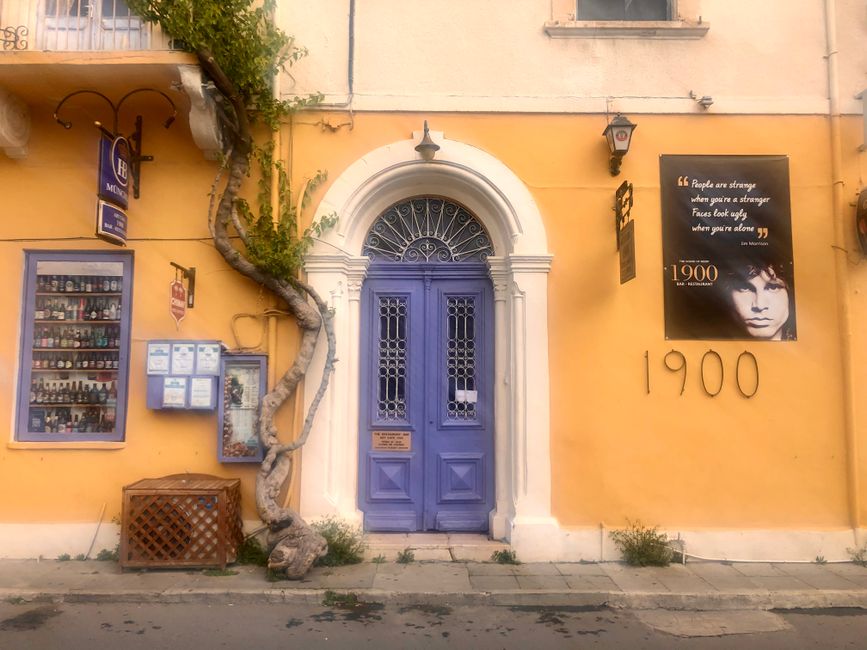
Imibiko yokuvakasha EKhupro

